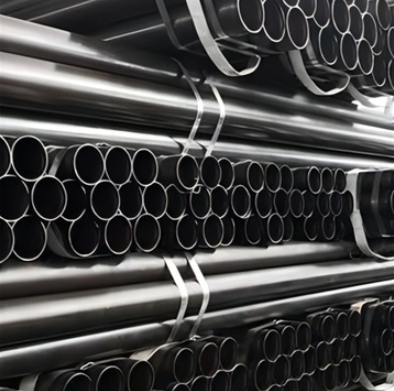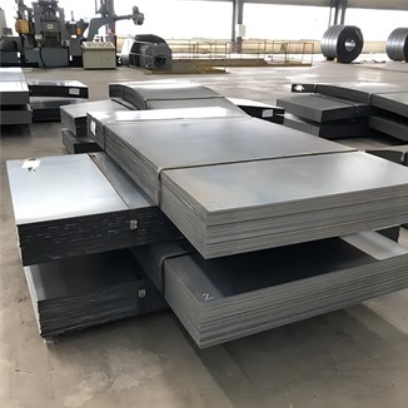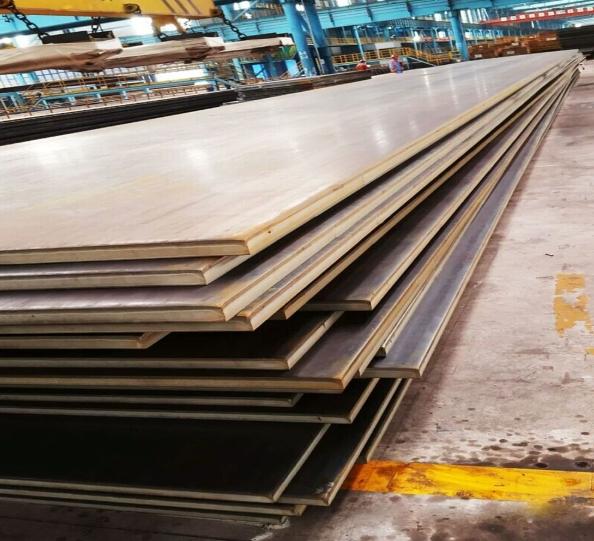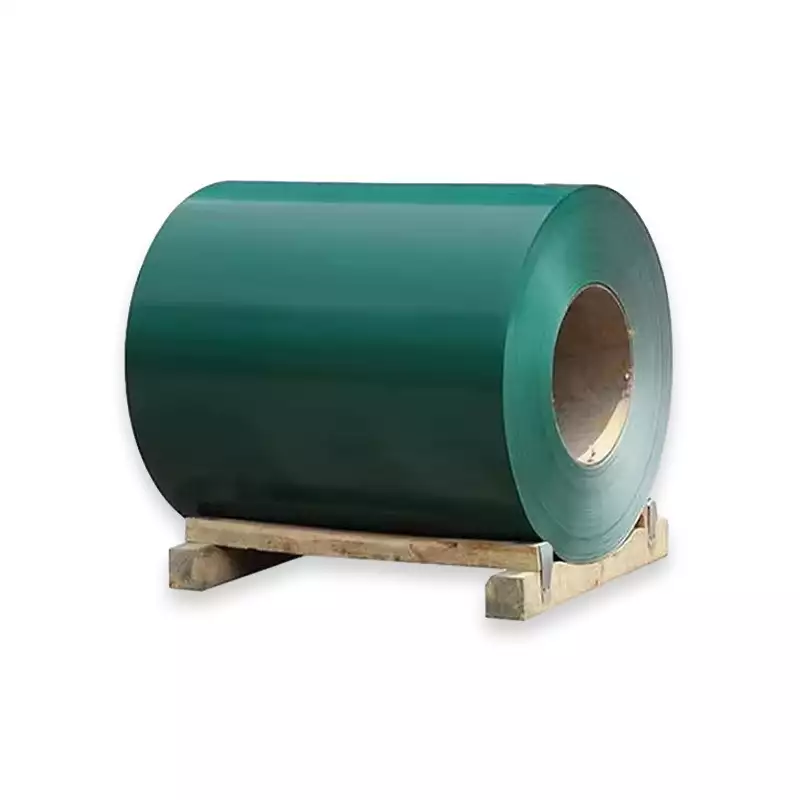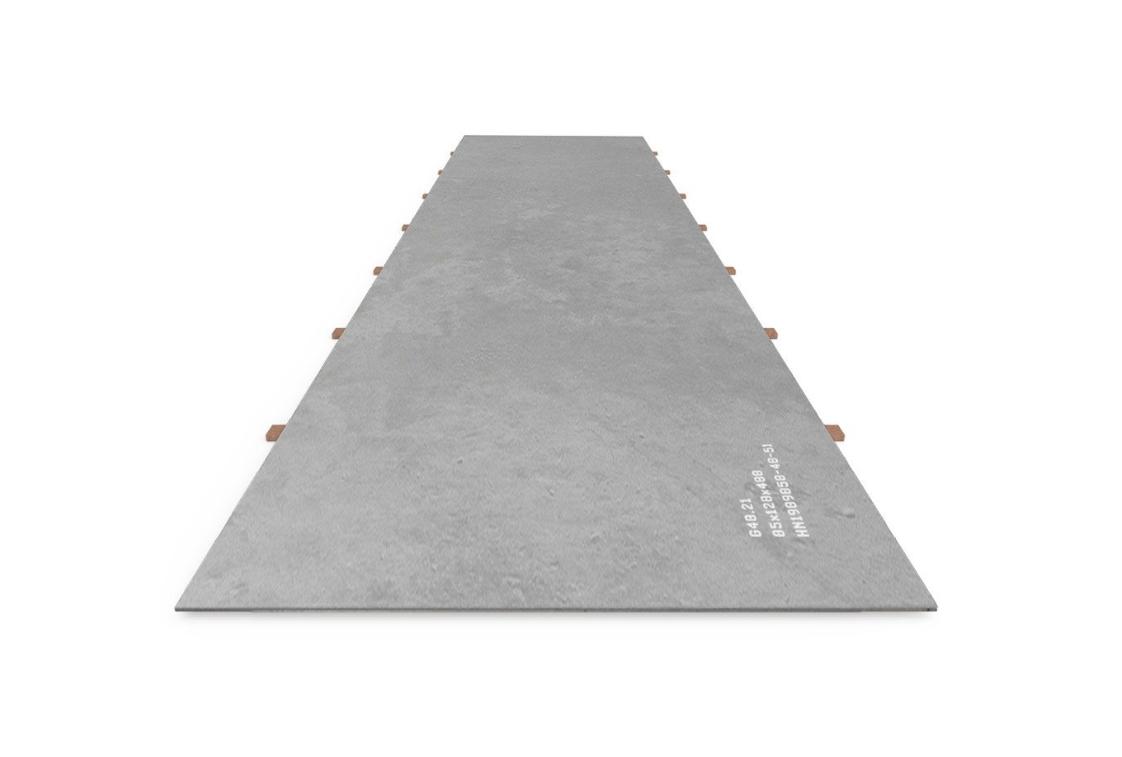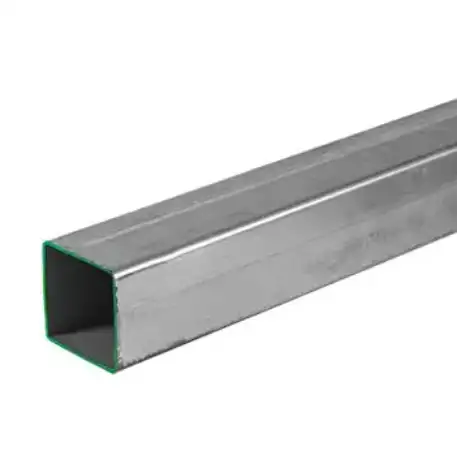Introduction: The Hardness Dilemma
Choosing between High Carbon Steel Plate and tool steel often trips up engineers. Both offer toughness and wear resistance, yet their hardness profiles differ markedly. Consequently, selecting the wrong grade can lead to premature wear or brittle failure. This article:
-
Defines each material’s characteristics
-
Presents clear hardness data and comparisons
-
Shows how to pick the right plate via steps and a real case
By the end, you’ll know which steel really is harder and why it matters.
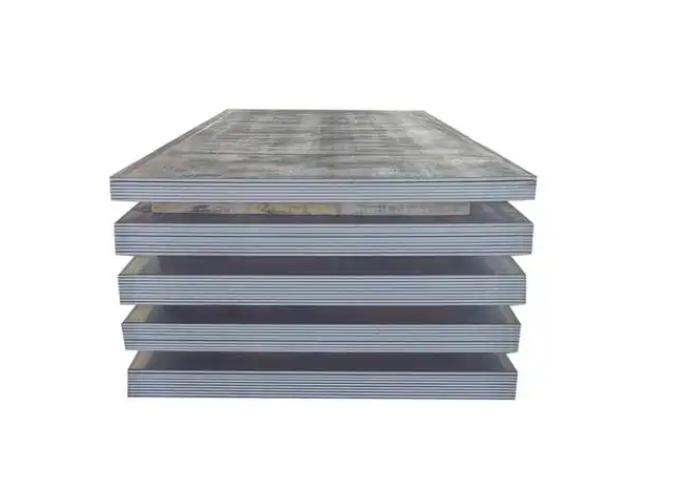
Understanding the Materials
What Is High Carbon Steel Plate?
A High Carbon Steel Plate typically contains 0.60–1.00% carbon. This high carbon content yields hard microstructures when quenched, boosting wear resistance. However, it also reduces ductility. High carbon plates are common in cutting tools and wear strips where moderate toughness still prevails.
What Defines Tool Steel?
Tool steels are specialty alloys (e.g., A2, D2, A6) formulated for extreme hardness, wear resistance, and toughness. They contain alloying elements like chromium, vanadium, and molybdenum. For instance, A2 tool steel can reach ~54 HRC when tempered, while D2 can hit ~62 HRC .
The Problem—Picking the Hardest Steel
Many buyers assume “more carbon equals more hardness.” However, alloy content and heat treatment play equal roles. As a result, some high carbon plates underperform plain tool steels in real wear tests. To solve this, we’ll compare actual hardness data and show you how to decide on the right material for your application.
Key Difference #1 – Hardness Ranges
High Carbon Steel Plate hardness (Rockwell C) can vary from 55–65 HRC after proper quenching and tempering. Tool steels outperform this:
-
A2: ~54–60 HRC post-temper
-
D2: ~60–64 HRC when hardened properly
-
A6: ~61–62 HRC air-quenched and tempered
Therefore, tool steels generally achieve higher hardness ceilings than plain high carbon plates.
Key Difference #2 – Alloy Composition
High carbon plates rely mainly on carbon for hardness. Conversely, tool steels include multiple carbide-forming elements. For example, D2 contains ~12 % chromium plus vanadium and molybdenum, which forms stable carbides, boosting hardness and wear resistance. Hence, tool steels maintain hardness better at elevated temperatures.
Key Difference #3 – Heat Treatment Response
High carbon plates offer limited alloying, so they require precise quench temperatures to avoid cracking. Tool steels, however, are designed for deep hardening and often air- or oil-quench, reducing quench stress. Consequently, tool steels tolerate more aggressive heat treatments without catastrophic failure.
Mechanical Properties Comparison
| Property | High Carbon Plate (e.g., C1095) | A2 Tool Steel | D2 Tool Steel |
|---|---|---|---|
| Carbon Content | 0.95 % | 1.0 % + alloy additions | 1.5 % + 11 % Cr |
| Max Hardness (HRC) | 60–62 | 54–60 | 60–64 |
| Toughness | Moderate | High | Moderate |
| Wear Resistance | Good | Excellent | Excellent |
| Typical Use | Wear strips, springs | Dies, punches | Cutting tools, shear blades |
This table clearly shows tool steels excel in hardness and wear resistance compared to a high carbon steel sheet.
Key Difference #4 – Wear Resistance
Moreover, tool steels’ alloy carbides provide exceptional wear life. For instance, D2 tool steel’s abrasion resistance outlasts high carbon steel plates by up to 50 % in abrasion tests. Meanwhile, high carbon plates often lose hardness near welds, reducing service life.
Key Difference #5 – Cost Considerations
However, tool steels cost significantly more—often 2–3× the price of High Carbon Steel Plate. Thus, for applications where extreme hardness isn’t crucial, a quenched high carbon plate solves budget constraints without sacrificing basic performance.
Solution—How to Choose the Right Steel
Step-by-Step Selection Guide
-
Define Application Stresses: Will the part face heavy abrasion or impact?
-
Set Hardness Targets: Determine required HRC based on wear or cutting needs.
-
Evaluate Budget: Balance material cost vs. lifecycle savings.
-
Check Heat Treatment Capability: Ensure you can achieve needed hardness without cracking.
-
Order Samples: Test small coupons under real conditions.
By following these steps, you’ll match material performance to your project demands.
Boundary Conditions & Misconceptions
“High carbon always beats tool steel.” Not true—tool steels’ alloying often gives superior hardness.
“Higher hardness means better overall performance.” Excessive hardness can reduce toughness, leading to brittle failures.
“All steels respond the same to quenching.” Tool steels are formulated for specific quench media; high carbon plates often need oil quench to avoid cracks.
Case Study—Blade Manufacturing
I once ran a custom blade line. Initially, we used a quenched High Carbon Steel Plate (C1095). However, after 1,000 cuts, edges dulled quickly. We switched to D2 tool steel and, at the end of the day, saw blade life double. This real-world switch proved tool steel’s superior wear resistance—even though it cost 40 % more per kilogram.
Key Difference #6 – Machinability & Forming
Meanwhile, if you need complex shapes, high carbon plates are easier to machine and form due to fewer hard carbides. Tool steels dull carbide tooling faster. So for intricate parts, a plain high carbon plate solves tooling-cost problems.
Key Difference #7 – Corrosion Resistance
While neither plain high carbon plates nor most tool steels excel in corrosion resistance, certain stainless tool steels (e.g., D5) offer better performance. Thus, for mildly corrosive environments, consider an alloy that balances hardness with corrosion resistance rather than plain carbon.
Transitioning Between Materials
Moreover, if initial tests show cracks in high carbon steel plate welds, shift to a low-alloy tool steel grade that offers a compromise hardness and better weldability. However, ensure your heat-treatment shop can handle the quench severity needed for tool steel.
Practical Checklist
-
Application Load: Abrasion vs. impact vs. corrosion
-
Hardness Goal: Target HRC based on wear tests
-
Budget Limit: Material cost vs. lifecycle cost
-
Heat Treatment: Quench medium and furnace capability
-
Sample Testing: Real-world wear and toughness trials
-
Machinability Needs: Complex shapes or simple blanks
-
Corrosion Factors: Add coatings or choose stainless tool steel
Use this checklist to ensure you address all key factors when selecting between High Carbon Steel Plate and tool steel.
Conclusion
At the end of the day, High Carbon Steel Plate can reach impressive hardness, but true tool steels—like A2 or D2—still outperform plain carbon in wear resistance and maximum HRC. However, if budget or formability constraints dominate, a quenched high carbon plate is a smart choice. By following our step-by-step guide, avoiding common misconceptions, and testing real samples, you’ll choose the right steel every time—balancing hardness, toughness, and cost for your application’s ultimate success.




